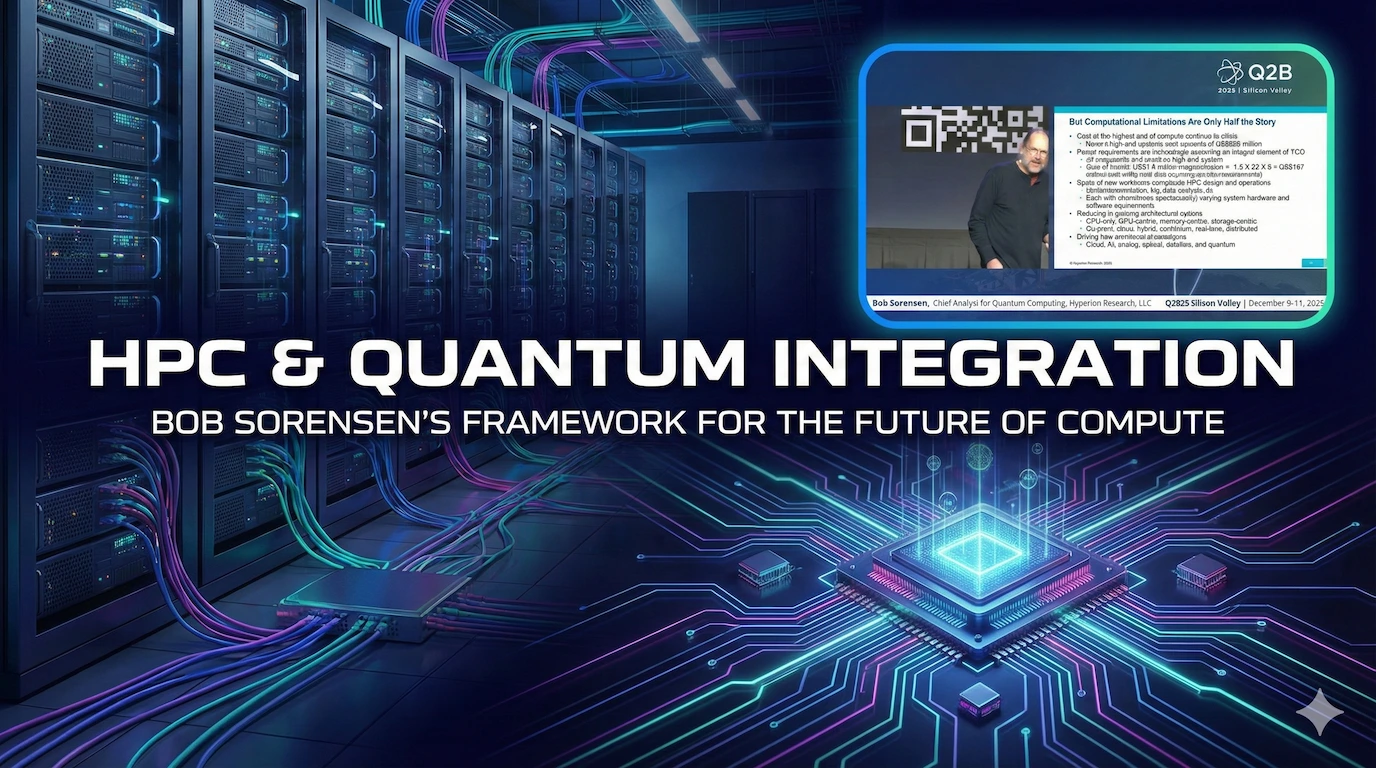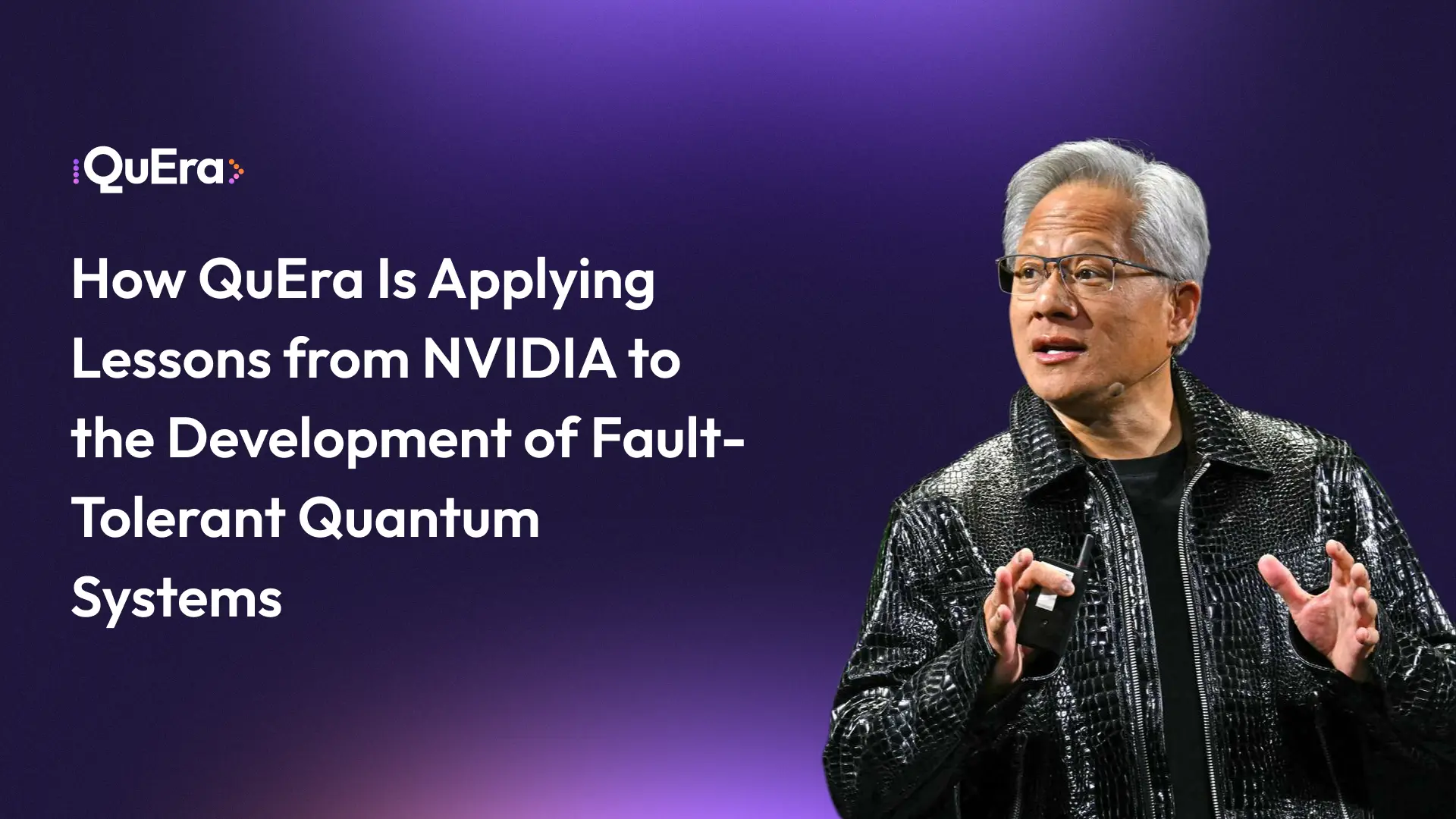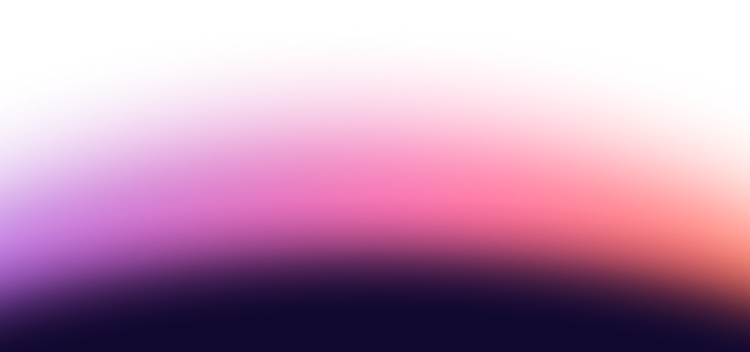Here are some scientific papers that caught our eye this month:
Quantum Circuit Unoptimization
Given the constraints of noise and size, the optimization of logical circuits is a common theme in quantum computing. Here, authors based in Osaka and Riken propose a counter-idea: circuit 'unoptimization'. The concept involves consistently including redundancies and complexity while preserving a circuit’s algorithmic function. Why? The purpose is to provide a systematic method to benchmark and challenge compilers with more difficult tasks, thereby improving their performance. Additional applications include generating quantum-advantageous machine learning datasets and benchmarking quantum hardware, all of which are pertinent as the NISQ era progresses towards maturity.
Efficient MPS representations and quantum circuits from the Fourier modes of classical image data
A great challenge of applying quantum computing to machine learning tasks on classical data is the preparation of states: while qubits allow for the encoding of exponentially more data than classical bits, the preparation of the corresponding state typically requires an exponential number of gates. In this work, a German-Dutch collaboration has found that classical data, with sufficiently fast-decaying Fourier spectra when mapped to quantum states, can be efficiently encoded by matrix product states. These states, in turn, can be prepared easily with shallow circuits. Although this implies that the process can be easily simulated classically, it also suggests that such datasets are promising targets for further quantum processing.
Erasure-cooling, control, and hyper-entanglement of motion in optical tweezers
The motional degrees of freedom of neutral atoms in an optical tweezer are typically seen as a nuisance — random motions to be cooled and not utilized for quantum information processing. However, this work challenges this status quo. The motion of neutral atoms in a near-harmonic tweezer is actually quantized, offering bosonic modes that can be manipulated similarly to the motional degrees of freedom in ion-trap and electromagnetic oscillating modes of superconducting qubits. By integrating this control with other electronic and nuclear degrees of freedom, this work paves the way for generating hyper-entangled systems — systems entangled across multiple degrees of freedom. All of this is achieved through a new cooling protocol involving localized error detection and erasure, which systematically outperforms sideband cooling, another conventional process in the field.
Q-Pilot: Field Programmable Quantum Array Compilation with Flying Ancillas
The Field Programmable Qubit Array (FPQA) technology, advanced by QuEra, enables dynamic changes in the connectivity of a qubit array during processing. This approach has been verified to offer significant reductions in circuit depth, presenting both new challenges and opportunities for more intelligent circuit compilation. In this work, the authors propose an FPQA architecture featuring fixed data qubits and mobile ancilla qubits, which facilitate the routing of entanglement between the fixed data qubits. Accompanying their proposal is a scalable compiler that maximizes parallelism and offers efficient qubit routing strategies. This compiler demonstrates systematic reductions in circuit depth across three distinct applications.




.webp)
.png)




